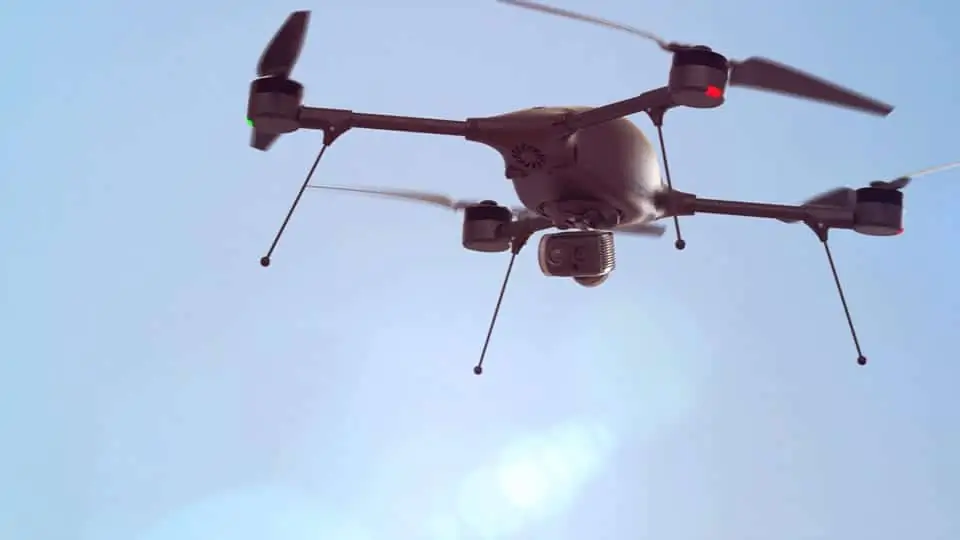Lockheed Martin has announced that its Indago quadrotor small unmanned aerial system (UAS) has been selected by sheriff’s agencies in the US to perform search and rescue operations as part of the Project Lifesaver International (PLI) program that supports clients with autism, Down syndrome and dementia.
Indago is paired with Project Lifesaver’s electronic location equipment used by first responders to find special needs individuals who may wander. Upon receiving a distress call, operators can rapidly deploy Indago to locate missing individuals.
Sheriff’s offices in New Jersey and Virginia have added the PLI Indago to their inventories, with additional first response agencies soon to join the ranks.
“The Indago UAS will allow us to increase our capabilities in locating a client who has wandered. This new asset will give us the ability to search even more efficiently over a broader area and will increase the probability of a successful recovery,” said Somerset County New Jersey Sheriff Frank J. Provenzano, who oversees the first sheriff’s office in the country to adopt the Indago system. Somerset County has 40 clients enrolled in Project Lifesaver: 23 children who have autism or Down syndrome and 17 adults who have dementia.
“The Indago will give Project Lifesaver agency members the ability to have an airborne asset available quickly to enhance their search capability in bringing loved ones home,” said Gene Saunders, Founder and CEO of Project Lifesaver.
First responders have relied on manned aircraft to conduct aerial search and rescue operations. Indago reduces the response time and increases the efficiency of search efforts when time is critical. The 5-lb., collapsible Indago system can be stored in the trunk of any squad car and deployed within a matter of minutes.
“Coupling the Project Lifesaver antenna and control elements with the Indago system expands signal detectability, serves as an airborne relay, and greatly improves the probability of location success across broad search areas,” said Rich Bonnett, Indago program manager, Lockheed Martin unmanned systems. “This innovative technology is available for Project Lifesaver agents to further their important public safety mission, and more importantly, to reunite individuals with their families and caretakers.”
Indago is used in tasks spanning firefighting, disaster relief, precision agriculture and coastal erosion monitoring. The system has a flight time surpassing 45 minutes, and provides high quality data with an electro-optic infrared gimbaled imager to enhance situational awareness and enable real-time decision-making.



















